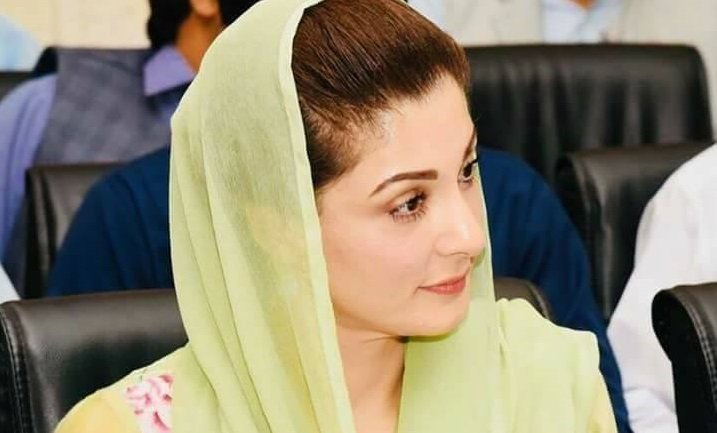Chief Minister Punjab Maryam Nawaz Sharif officially inaugurated the Nawaz Sharif Flyover in Sargodha, the city’s largest and most ambitious infrastructure project to date. This 1.3-kilometer flyover was completed in a record eight months, setting a new benchmark in fast-track construction and regional development in Punjab.
Costing approximately Rs. 2.2 billion, the Nawaz Sharif Flyover is designed to accommodate over 30,000 vehicles daily, easing traffic congestion and improving transportation for commuters in Sargodha and surrounding areas. The project directly benefits neighboring districts including Bhakkar, Khushab, and Mianwali, making it a vital link in Punjab’s regional road network.
During the inauguration ceremony, Chief Minister Maryam Nawaz Sharif toured the flyover and expressed satisfaction over its construction quality and engineering standards. She was accompanied by Provincial Minister Sohaib Ahmad Bharth, who provided an in-depth briefing on the flyover’s construction timeline, scope, and long-term impact on Sargodha’s urban development.
The Nawaz Sharif Flyover not only features a modern roadway but also includes service roads and an integrated sewer channel box, designed to support smoother traffic flow and enhanced urban planning. These structural features ensure the flyover contributes to sustainable infrastructure development in the region.
Experts believe the project will significantly boost local economic activity, reduce travel time, and improve access to commercial hubs within the city. With enhanced connectivity, businesses and commuters alike will benefit from quicker, safer, and more reliable transportation options.
This flyover is a key component of Maryam Nawaz Sharif’s infrastructure development agenda for Punjab, reflecting her government’s commitment to improving public transport, reducing urban congestion, and fostering economic growth across the province.
For residents and travelers alike, the Nawaz Sharif Flyover in Sargodha symbolizes progress and promises a better-connected future for central Punjab.






